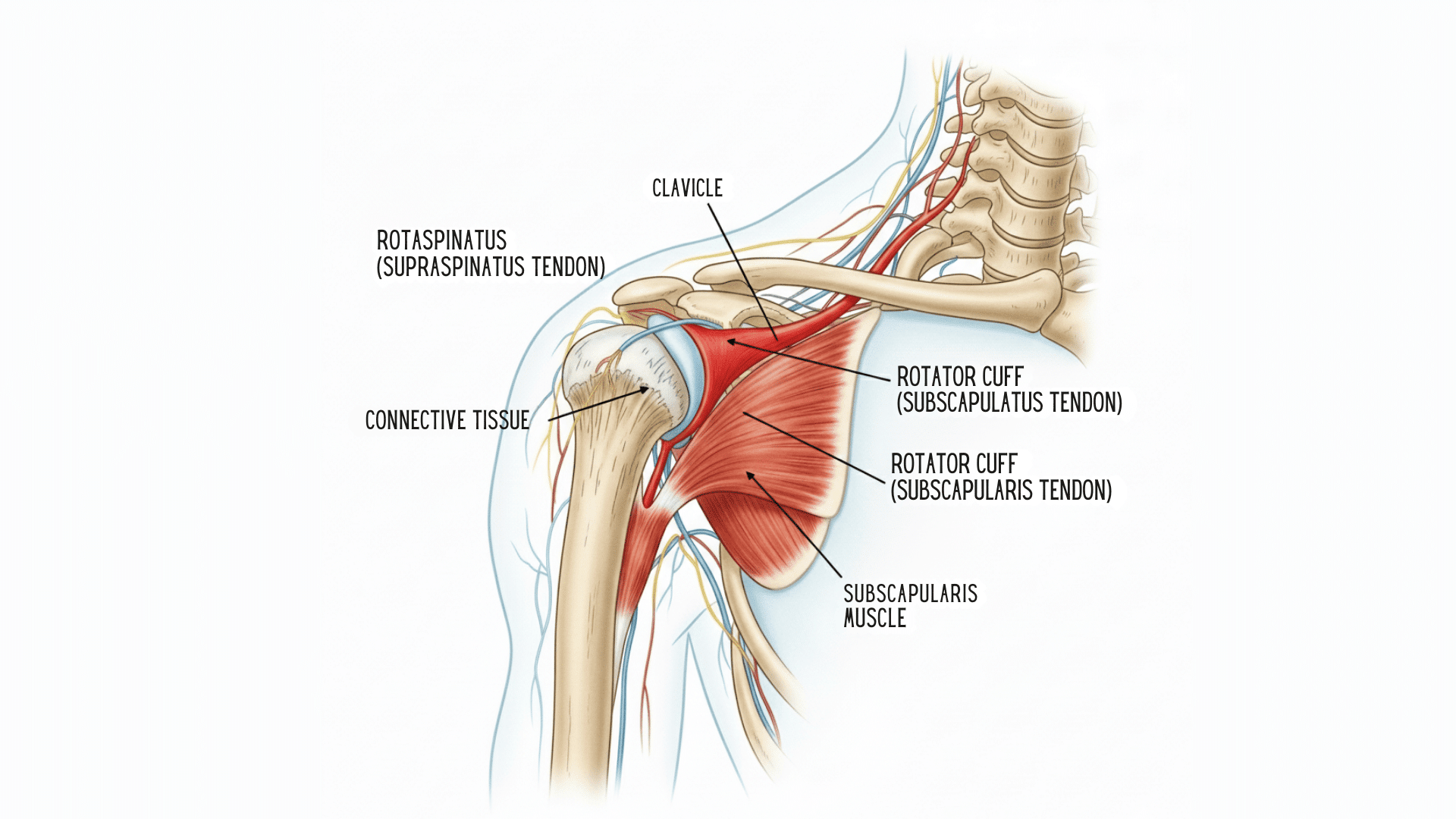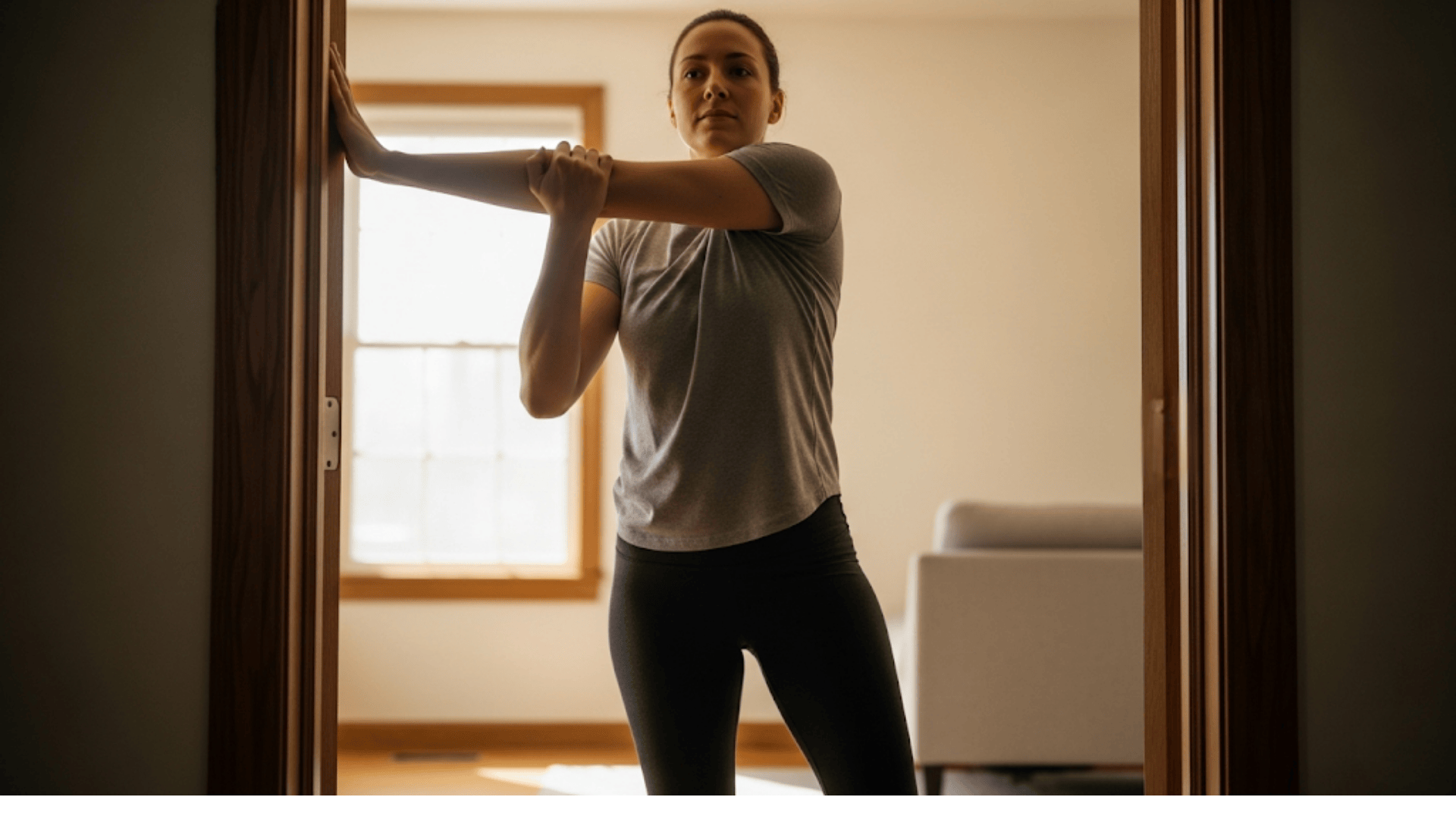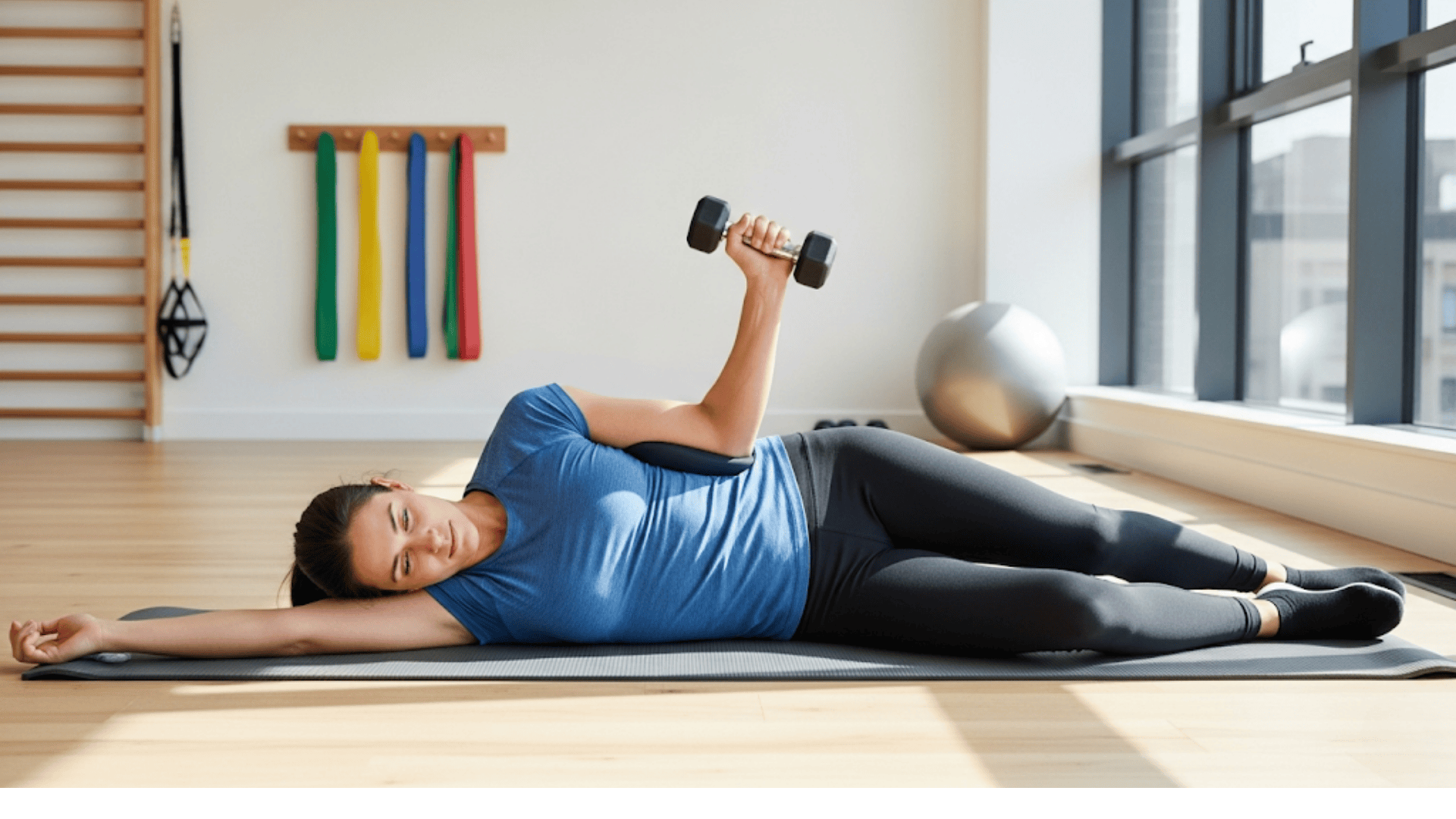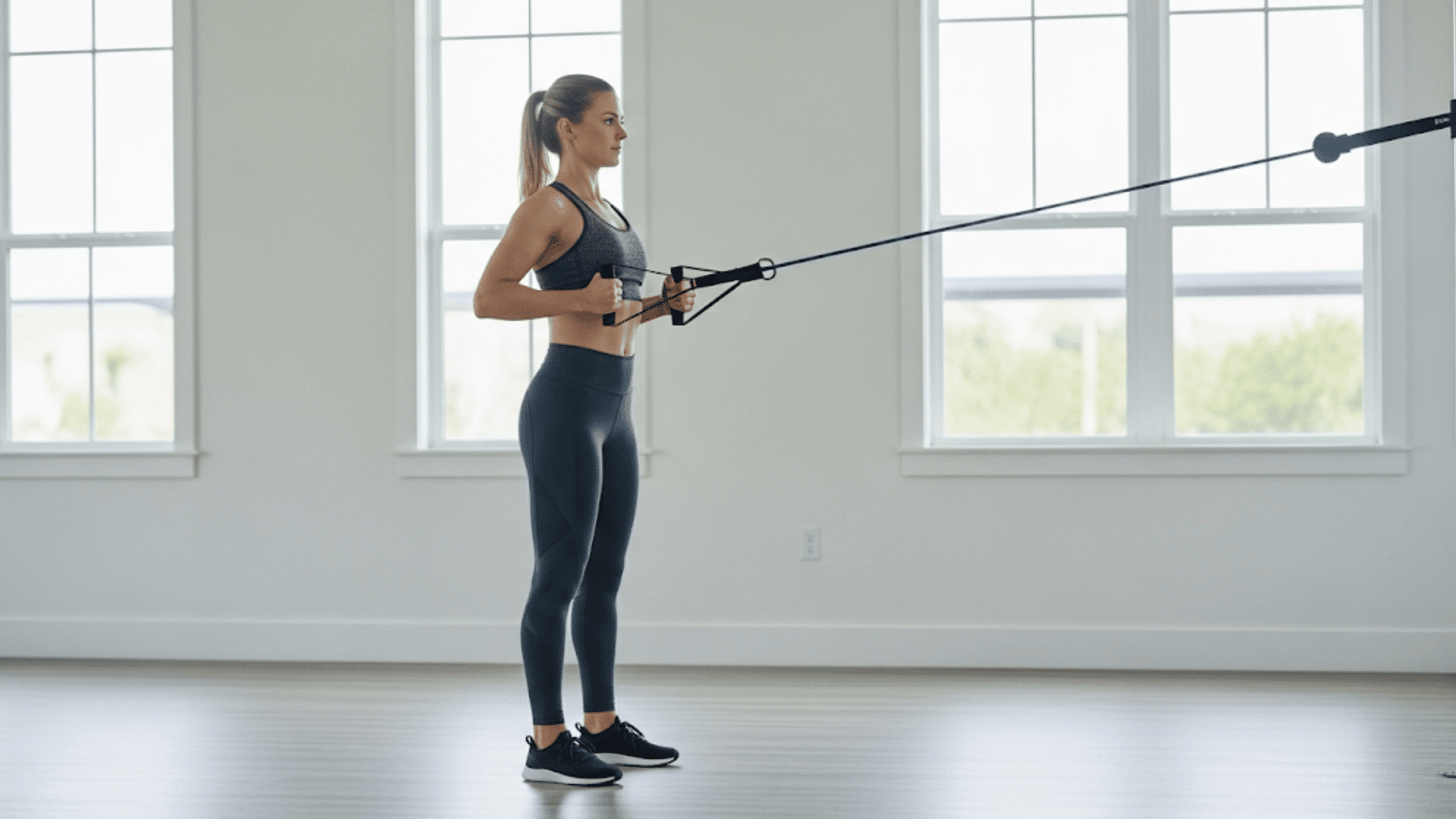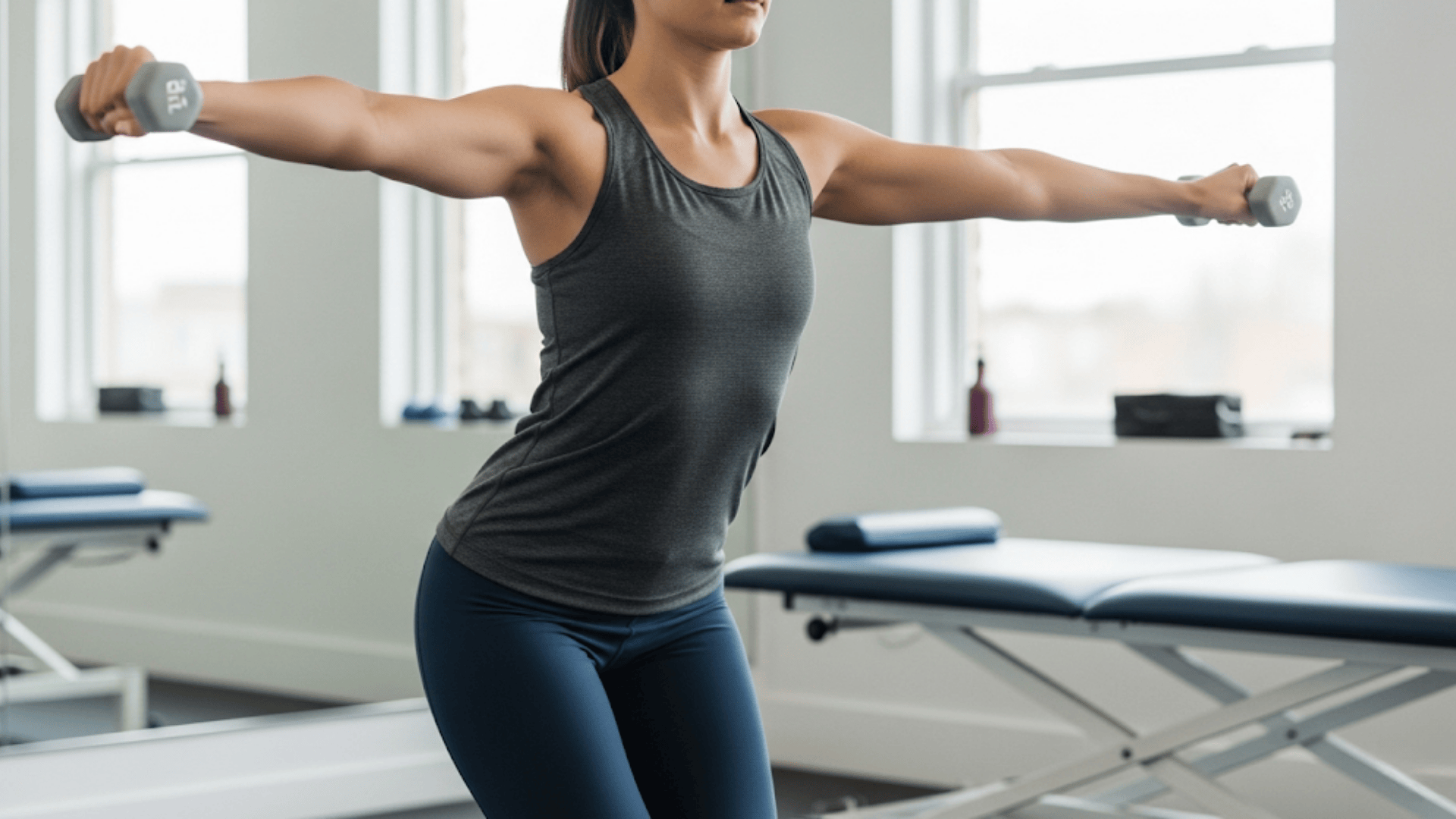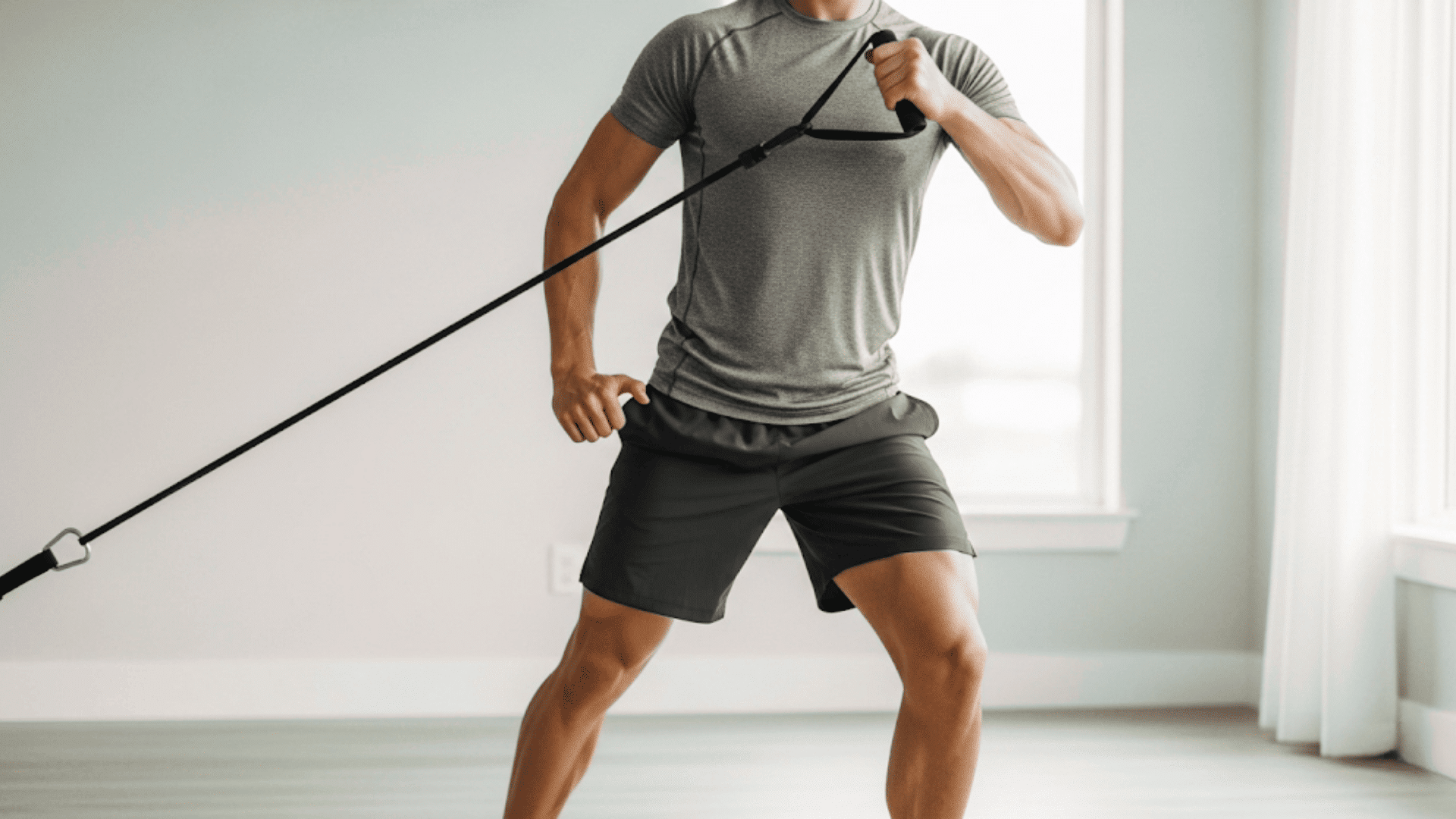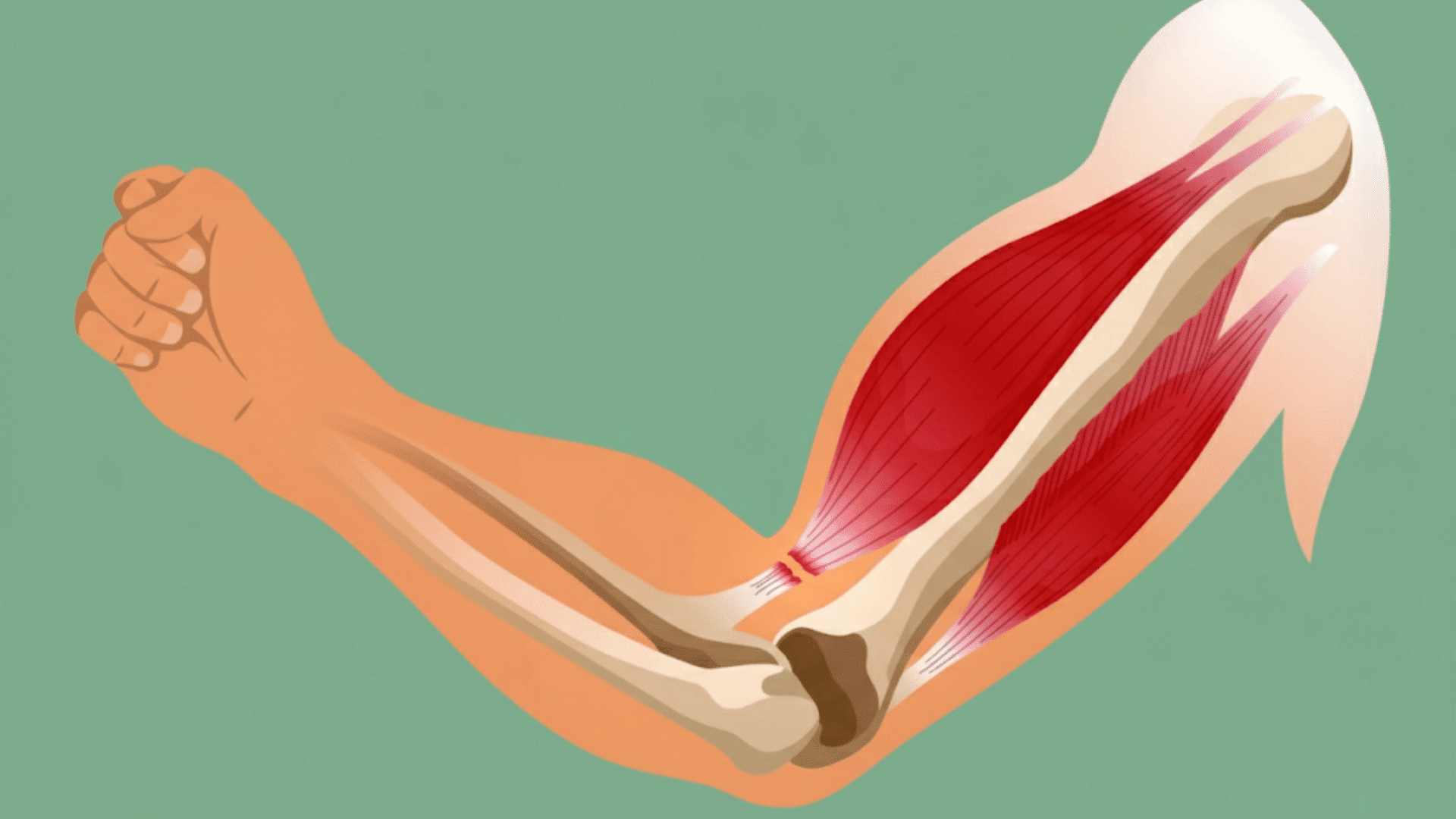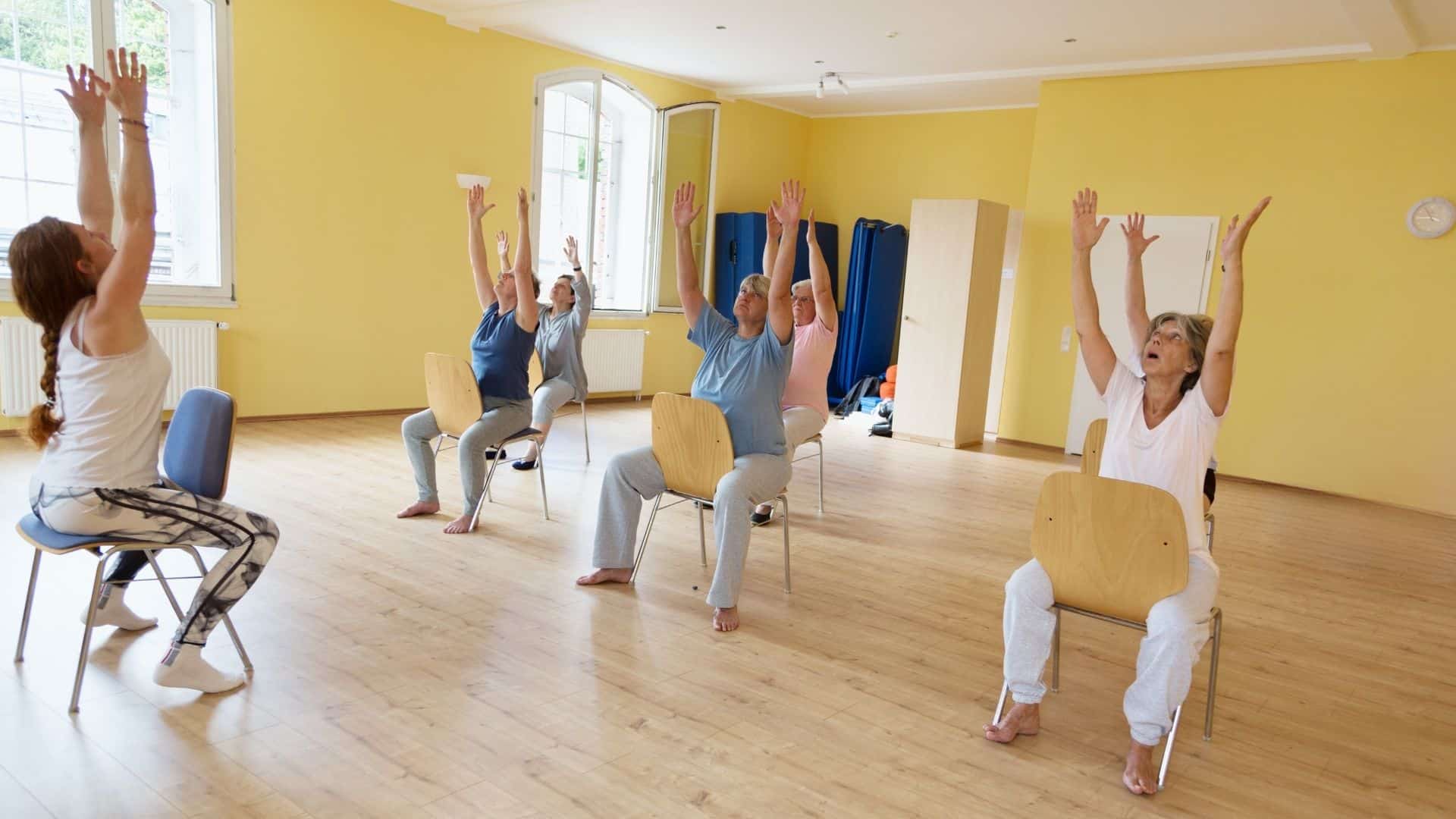Shoulder pain from a rotator cuff injury can turn simple tasks into daily battles. Reaching for a coffee mug becomes difficult.
Sleeping on your side feels impossible. You want to stay active, but it’s hard to know which moves are safe.
Recovery doesn’t have to mean months of sitting still. The right exercises can actually speed up healing while keeping you pain-free.
These movements work in harmony with your body’s natural repair process, rather than fighting against it. You’ll learn five proven exercises that protect your healing shoulder while building strength back safely.
Each movement targets specific muscles without putting stress on damaged tissue. Plus, you’ll know exactly what to avoid and how to progress week by week.
What is a Rotator Cuff Injury?
Your rotator cuff is a group of four muscles that wrap around your shoulder joint. Think of them as your shoulder’s support system. They keep your arm bone centered in the socket and help you lift, rotate, and reach.
A rotator cuff injury happens when one or more of these muscles gets torn, strained, or inflamed. This can occur from sudden trauma, such as a fall. It also develops slowly from repetitive overhead motions.
Common signs include:
- Sharp pain when lifting your arm
- Weakness in the shoulder
- Pain that worsens at night
- Difficulty reaching behind your back
Most rotator cuff injuries heal well with the right approach. Surgery isn’t always needed. Proper exercises speed healing and reduce pain.
Safest Exercises for a Rotator Cuff Injury
When you’re dealing with a rotator cuff injury, not all exercises are created equal. The wrong movement can set back your recovery by weeks. These five exercises focus on gentle strengthening while protecting your healing tissues.
Each exercise targets different aspects of shoulder health. Some restore flexibility. Others rebuild strength in neglected stabilizer muscles. All of them work together to get you back to normal function.
Start with light resistance and focus on control over speed. Your shoulder needs time to adapt and heal properly.
1. Doorway Stretch (Pec/Anterior Shoulder)
This stretch opens up tight chest muscles that often contribute to shoulder problems. When your chest is tight, it pulls your shoulders forward, creating an imbalance.
How to do it:
- Stand in a doorway with your arm against the frame
- Keep your elbow at shoulder height
- Step forward gently until you feel a stretch across your chest
- Hold for 30 seconds, repeat 3 times for each arm
Why it helps: Tight chest muscles force your rotator cuff to work harder. This stretch reduces that extra stress and improves posture.
2. Side-Lying External Rotation (Light Dumbbell)
This exercise strengthens the back part of your rotator cuff without putting stress on injured areas. It’s one of the safest ways to rebuild shoulder stability.
How to do it:
- Lie on your side with your injured arm on top
- Keep your elbow bent at 90 degrees and tucked to your side
- Hold a lightweight (2-5 pounds)
- Slowly rotate your forearm up, pause, then lower
- Do 2 sets of 15 repetitions
Why it helps: External rotation strengthens muscles that keep your shoulder blade stable. These muscles are often weak after an injury.
3. High-to-Low Rows (Band or Cable)
Rowing motions strengthen your upper back and rear shoulder muscles. This exercise helps combat the forward head posture that exacerbates shoulder problems.
How to do it:
- Attach a resistance band at chest height
- Pull the handles toward your lower ribs
- Squeeze your shoulder blades together at the end
- Control the return to the starting position
- Do 2 sets of 12-15 repetitions
Why it helps: Strong upper back muscles support proper shoulder alignment. This reduces strain on your rotator cuff during daily activities.
4. Reverse Fly (Light Dumbbells or Band)
This movement targets the rear deltoid and rhomboid muscles. These often get weak when you favor an injured shoulder.
How to do it:
- Hold light weights with arms slightly bent
- Raise your arms out to the sides in a “T” shape
- Focus on squeezing your shoulder blades together
- Lower slowly and with control
- Do 2 sets of 12-15 repetitions
Why it helps: Balanced shoulder strength prevents future injuries. The reverse fly works muscles that are hard to target with other exercises.
5. Lawn Mower Pull (Band, Hip to Opposite Shoulder Pattern)
This functional movement mimics real-life activities while strengthening multiple muscle groups at once.
How to do it:
- Anchor a resistance band at the hip level
- Start with your arm across your body toward the opposite hip
- Pull the band diagonally up and across to shoulder height
- Keep your core engaged throughout the movement
- Do 2 sets of 10-12 repetitions each arm
Why it helps: This exercise trains your shoulder to work with your core and legs. It prepares you for real-world movements like lifting and reaching.
Rotator Cuff Injury Exercises: Safety Rules to Consider
Your shoulder is healing, so these guidelines help you stay on track without setbacks.
- Start light, stay light: Use weights that feel almost too easy. You should complete all reps without struggling. Pain means stop immediately.
- Move slowly: Control beats speed every time. Take 2-3 seconds to lift and 2-3 seconds to lower. No bouncing or jerky movements.
- Listen to your body: Some muscle fatigue is normal. Sharp, shooting, or worsening pain is not. Stop exercising if pain increases during or after your workout.
- Ice after exercise: Apply ice for 10-15 minutes after your workout. This reduces inflammation and helps recovery.
- Stay consistent: Do these exercises 3-4 times per week. Skipping days slows healing. Overdoing it causes setbacks.
- Warm up first: Gentle arm circles and shoulder rolls for 2-3 minutes before starting. Cold muscles tear more easily.
Progression Plan for Rotator Cuff Injury Exercises (2–4 Weeks)
Recovery isn’t a race. Your shoulder needs time to rebuild strength in the right order. This plan builds each exercise on top of the previous one, creating a solid foundation for long-term health.
| Week | Exercise | Sets x Reps | Key Focus | Ready to Progress When |
|---|---|---|---|---|
| Week 1 | Doorway Stretch | 3 x 30 seconds, 2-3x daily | Reduce stiffness and restore basic mobility | No sharp pain with arm movements |
| Week 2 | Doorway Stretch + Side-Lying External Rotation | 3 x 30 sec + 2 x 10-12 reps | Add gentle strength to rotation muscles | Can lift 1-2 lbs without discomfort |
| Week 3 | Previous exercises + High-to-Low Rows | Same + 2 x 10-12 reps | Build shoulder blade stability | Good control with light band resistance |
| Week 4 | All exercises + Reverse Fly + Lawn Mower Pull | Same + 2 x 10-12 each | Full movement patterns and functional strength | Complete all sets with proper form |
Signs You’re Ready to Progress:
- No pain during current exercises
- Can complete all sets without excessive fatigue
- Full range of motion returns to daily activities
- Sleep isn’t disrupted by shoulder pain
When to repeat a week: If any exercise causes increased pain or you can't maintain proper form, spend another week at your current level. Healing isn't linear.
Key Takeaways
Your rotator cuff injury doesn’t have to control your life.
These five exercises provide a clear path forward, eliminating guesswork and the fear of making things worse.
Remember, healing takes patience. Some days will feel better than others.
That’s completely normal. Stick to the progression plan and listen to your body’s signals.
The key is consistency over intensity.
Light weights and controlled movements beat aggressive training every time when you’re recovering from injury.

